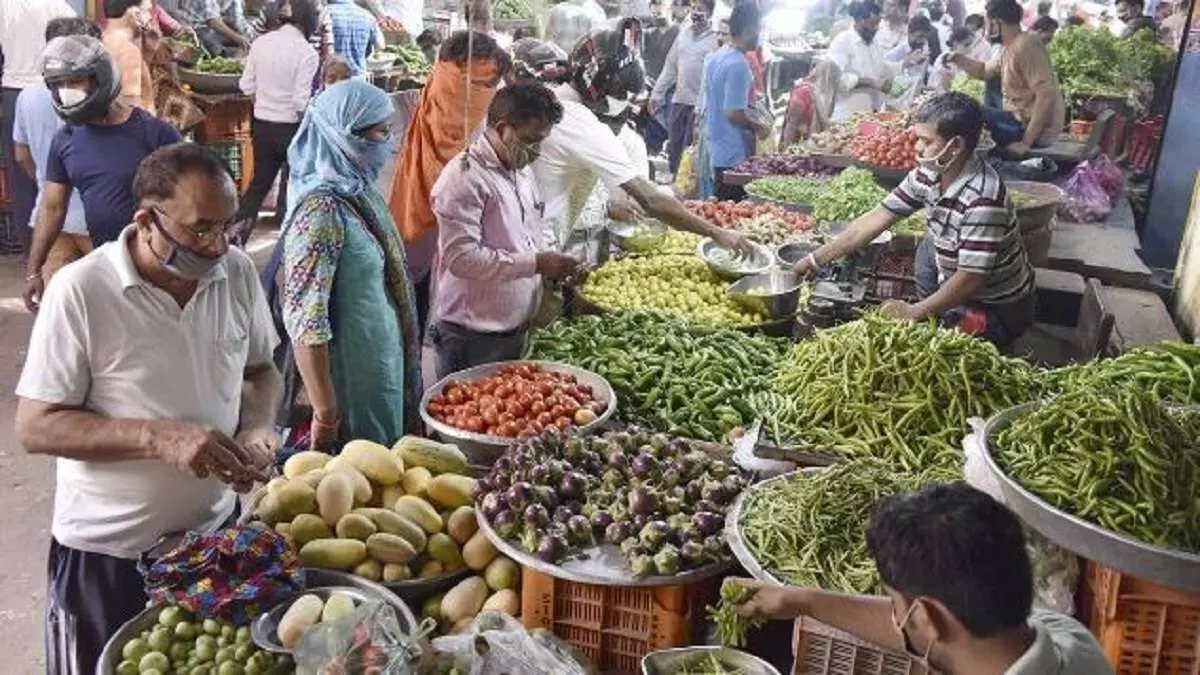Retail inflation eases to 3-month low of 5.1% in January

New Delhi: Retail inflation declined to a three-month low of 5.1 per cent in January, mainly due to subdued prices of vegetables, fruits and other food items, according to government data released on Monday.
The fall indicates that retail inflation is inching towards the Reserve Bank’s comfort level of 4 per cent. The Consumer Price Index (CPI) based inflation was on the rise for two straight months after touching a trough of 4.9 per cent in October 2023. In December, it stood at 5.69 per cent.
In January, inflation in the food basket eased to 8.3 per cent from 9.53 per cent in the preceding month. It was at 6 per cent in January 2023, as per the data released by the National Statistical Office (NSO).
Food inflation was lower in rural areas at 7.91 per cent compared to 9.02 per cent in the urban centres of the country.
The latest data showed that inflation in ‘oils and fats’, ‘pulses and products’, spices, fruits, and vegetables segments was lower in January 2024 compared to December 2023.
However, inflation was marginally higher in the ‘fuel and light’, ‘clothing and footwear’, ‘cereals and products’, ‘meat and fish’, and eggs segments on a month-on-month basis.
As per the data, inflation was more than the national average of 5.1 per cent in Assam, Gujarat, Haryana, Karnataka, Maharashtra, Odisha, Punjab, Rajasthan, Telangana, and Uttar Pradesh.
The lowest reltail inflation in January this year was in Delhi at 2.56 per cent.
The government has mandated the Reserve Bank of India (RBI) to ensure CPI remains at 4 per cent with a margin of 2 per cent on the either side.
Last week, RBI projected a lower inflation of 4.5 per cent in the next financial year, compared to 5.4 per cent in 2023-24, provided there is normal monsoon. NSO collects price data from selected 1,114 urban markets and 1,181 villages covering all States/UTs on a weekly basis.
In January 2024, NSO collected prices from 99.8 per cent villages and 98.5 per cent urban markets.



